Timpani, also known as kettledrums, are staples of orchestral percussion, providing a rich and powerful sound that supports the rhythm, melody, and harmony of a musical piece.
To achieve the perfect timpani sound, equalization (EQ) plays a crucial role in shaping the tonal characteristics and ensuring the instrument sits well within the overall mix.
Understanding Timpani and Its Sound Characteristics
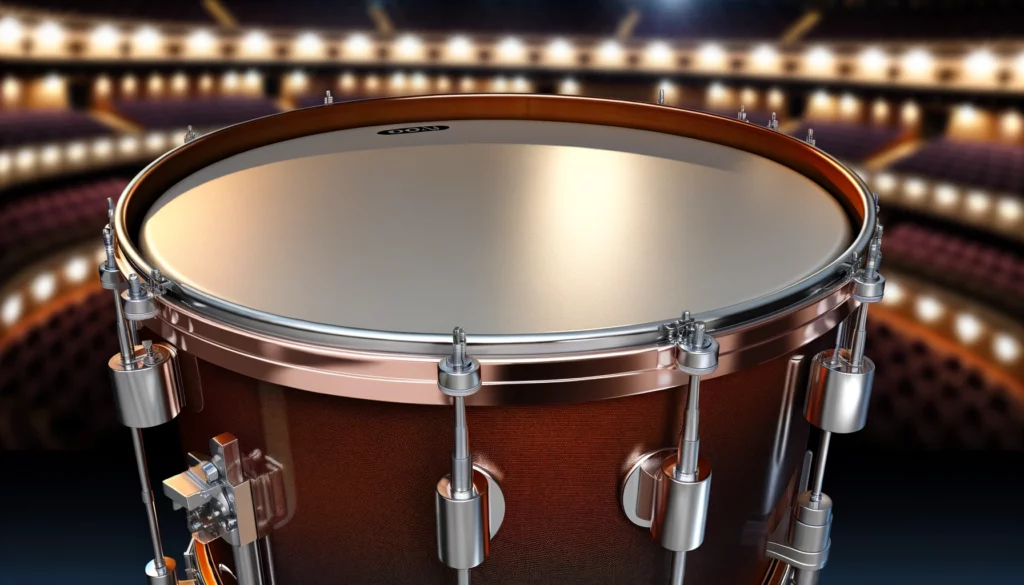
Timpani are large, bowl-shaped drums with a membrane stretched over the top, tuned to specific pitches by adjusting the tension of the drumhead.
They are typically played in sets of two to five drums, each tuned to a different pitch, allowing the timpanist to create melodic and harmonic elements in addition to rhythmic patterns.
However, capturing the ideal timpani sound can be challenging due to factors such as:
- Room acoustics
- Microphone placement
- Overtones and resonances
Basic Concepts of EQ
EQ is a powerful tool in sound engineering that allows you to shape the frequency content of an audio signal.
By boosting or cutting specific frequency ranges, you can emphasize desired tonal qualities, reduce unwanted noise, and ensure the timpani sound fits well within the overall mix.
The three main types of EQ are:
- Parametric EQ: Allows precise control over frequency, gain, and bandwidth.
- Graphic EQ: Uses a series of fixed frequency bands with adjustable gain.
- Shelving EQ: Boosts or cuts frequencies above or below a specified point.
Preparing To EQ Timpani

Before diving into the EQ process, it’s essential to set up the recording environment and choose the right microphones and placements.
Consider the following factors:
- Room acoustics: A well-treated room with minimal reflections and resonances is ideal.
- Microphone selection: Large-diaphragm condenser mics are often preferred for their sensitivity and ability to capture the full frequency range of the timpani.
- Microphone placement: Experiment with different distances and angles to find the sweet spot that captures the desired balance of attack, tone, and resonance.
EQ Techniques for Timpani
Starting with a Flat Setting: Why and How
Begin your EQ process with a flat setting, which means no boost or cut applied to any frequency band.
This allows you to hear the natural sound of the timpani and identify areas that may need adjustment.
Cutting Frequencies: Identifying and reducing unwanted frequencies
Listen carefully for any frequencies that sound muddy, boomy, or harsh.
Common problem areas include:
- Low-mid frequencies (200-500 Hz) that can cause muddiness
- High-mid frequencies (2-4 kHz) that can introduce harshness
Use a narrow Q (bandwidth) to surgically remove these frequencies without affecting the overall tonal balance.
Boosting Frequencies: When and where to boost for clarity and presence
If the timpani sound lacks clarity or presence, consider boosting certain frequency ranges:
- Mid frequencies (1-2 kHz) can add attack and definition
- High frequencies (5-10 kHz) can enhance the brightness and air
Use a wide Q to gently boost these frequencies without introducing harshness or sibilance.
Advanced EQ Settings
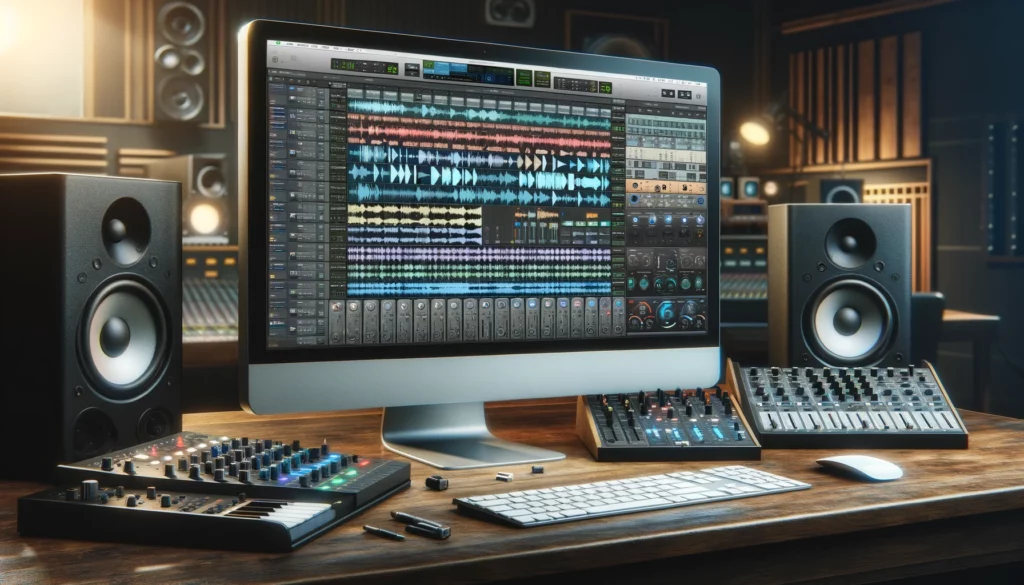
Fine-tuning Attack and Resonance
To further shape the timpani sound, focus on the attack and resonance characteristics:
- Attack: Boost or cut high frequencies (4-8 kHz) to adjust the initial strike of the drumstick.
- Resonance: Adjust low-mid frequencies (100-300 Hz) to control the body and sustain of the timpani.
Dealing with the Overtones
Timpani produce a complex series of overtones that can sometimes interfere with other instruments in the mix.
Use a parametric EQ with a narrow Q to identify and reduce specific overtones that may be causing issues.
Using High-Pass and Low-Pass Filters
High-pass and low-pass filters can help remove unwanted low-end rumble and high-end noise:
- High-pass filter: Set the cutoff frequency around 30-50 Hz to eliminate subsonic frequencies.
- Low-pass filter: Set the cutoff frequency around 10-12 kHz to reduce high-frequency noise.
Common EQ Mistakes to Avoid with Timpani
Over-EQing: The risks of too much adjustment
Avoid the temptation to make drastic EQ adjustments, as this can lead to an unnatural or processed sound.
Make small, incremental changes and regularly compare the EQed sound to the original to ensure you’re not straying too far from the natural timpani tone.
Ignoring the Context: EQ in the mix versus solo
Always consider how the timpani sound fits within the context of the entire mix.
What may sound good in isolation may not necessarily work well when combined with other instruments.
Regularly check your EQ decisions in the context of the full mix to ensure a balanced and cohesive sound.
Mixing and Blending Timpani with Other Instruments

Balancing timpani in an ensemble setting
In an orchestral or ensemble setting, the timpani should support and enhance the overall sound without overpowering other instruments.
Use EQ to carve out space for the timpani in the frequency spectrum, ensuring it doesn’t compete with other low-frequency instruments like the bass or cello.
Techniques for ensuring the timpani stands out without overpowering
To help the timpani cut through the mix without dominating, consider the following techniques:
- Boost the attack frequency range (4-8 kHz) to enhance the initial transient and improve clarity.
- Use sidechain compression to duck other instruments when the timpani hits, creating more space for the timpani sound.
Creative Uses of EQ on Timpani
Experimental approaches to EQ for unique sounds
While the primary goal of EQ is to achieve a natural and balanced timpani sound, don’t be afraid to experiment with creative EQ settings for unique effects:
- Extreme boosts or cuts in specific frequency ranges can create interesting tonal colors.
- Combining EQ with other effects like distortion or reverb can lead to unusual and captivating sounds.
Case studies of innovative EQ applications in famous compositions
Many famous composers and sound engineers have used creative EQ techniques to achieve distinctive timpani sounds:
- In “Also Sprach Zarathustra” by Richard Strauss, the timpani’s low frequencies were emphasized to create a sense of grandeur and power.
- In “Planet Earth II Suite” by Hans Zimmer, the timpani were heavily compressed and EQed to create a punchy, modern sound that complemented the electronic elements of the score.
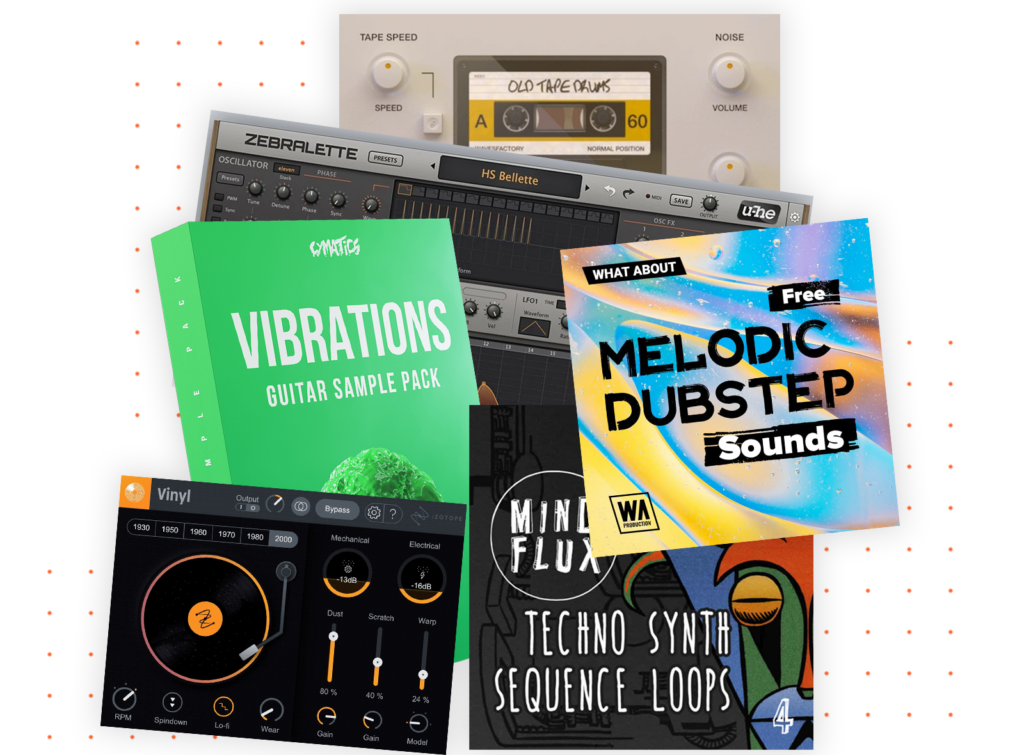
Access 4,000+ Music Tools
Access our entire library of music tools including sample packs, VST plugins, DAW templates, and much more.
Troubleshooting Common Timpani EQ Issues

Identifying and fixing muddiness or thinness
If the timpani sound is too muddy or boomy, try the following:
- Cut low-mid frequencies (200-500 Hz) using a narrow Q.
- Use a high-pass filter to remove excessive low-end rumble.
If the timpani sound is too thin or lacks body, consider:
- Boosting low-mid frequencies (100-300 Hz) using a wide Q.
- Checking the microphone placement to ensure you’re capturing enough of the drum’s resonance.
Tips for live versus studio EQ settings
When EQing timpani for live performances, keep in mind:
- The acoustics of the venue may require different EQ settings compared to a studio environment.
- Focus on reducing feedback and ensuring the timpani sound cuts through the mix without overpowering other instruments.
In a studio setting, you have more control over the recording environment, allowing for more precise and detailed EQ adjustments.
Additional Resources
To further your knowledge and skills in EQing timpani, explore the following resources:
- “The Study of Orchestration” by Samuel Adler – A comprehensive guide to orchestral instruments and their tonal characteristics.
- “Mixing Secrets for the Small Studio” by Mike Senior – A practical guide to mixing and EQ techniques for various instruments, including timpani.
- “The Timpani Masterclass” by Andrew Barclay – An online course that covers timpani playing techniques, tuning, and sound production.
By combining the knowledge gained from this article with the insights and techniques shared in these additional resources, you’ll be well-equipped to create stunning and impactful timpani sounds in your music productions.
Final Thoughts
Mastering timpani EQ is crucial for sound engineers and producers working with orchestral or percussion-heavy music.
By understanding timpani’s tonal characteristics and applying appropriate EQ techniques, you can achieve a balanced, powerful, and emotionally impactful sound.
Approach EQ with a critical ear, make small adjustments, and consider the mix’s context.
Practice and experimentation will help you develop the skills to create captivating timpani sounds.
Access the Largest Archive of Music Production Tools Ever Created with SoundShockAudio
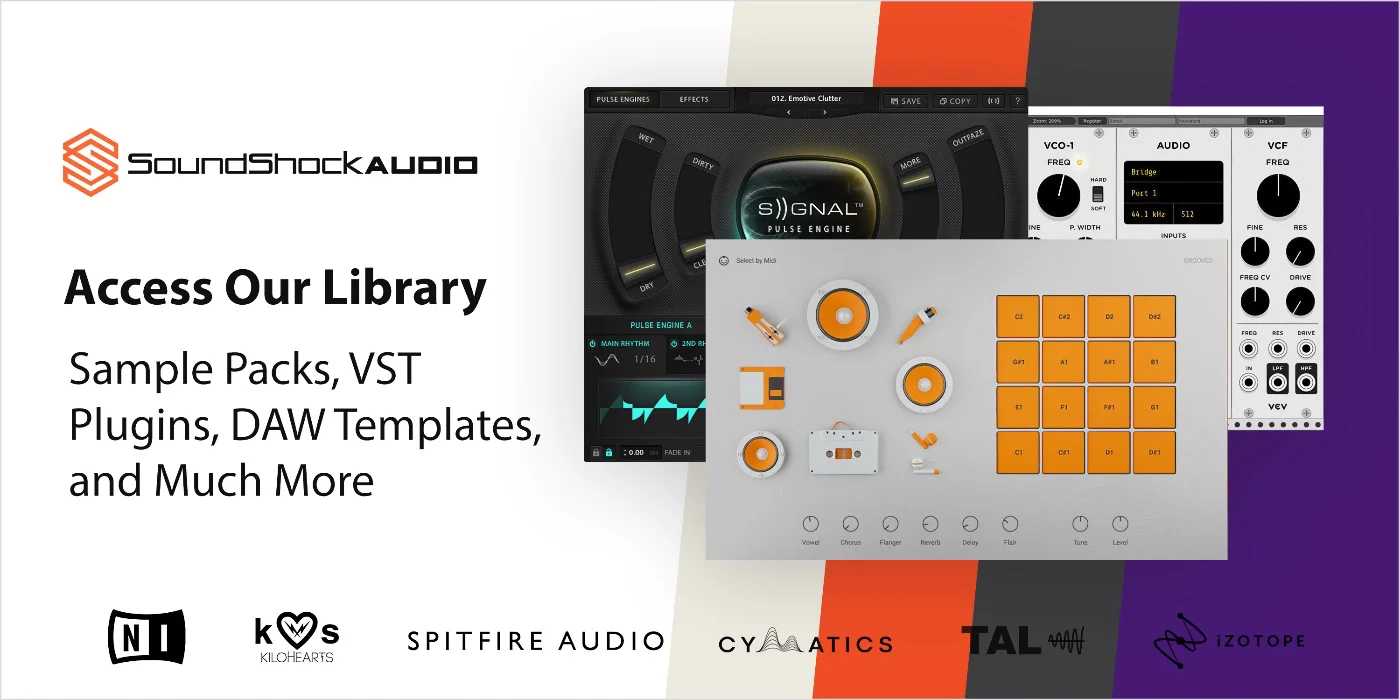
Subscribe to SoundShockAudio and access our extensive library of free music production tools, including Music Production Apps, Sample Packs, and more. Take advantage of our comprehensive tools to create music that truly resonates with your audience.
Need more help when it comes to EQing? Check out these articles:

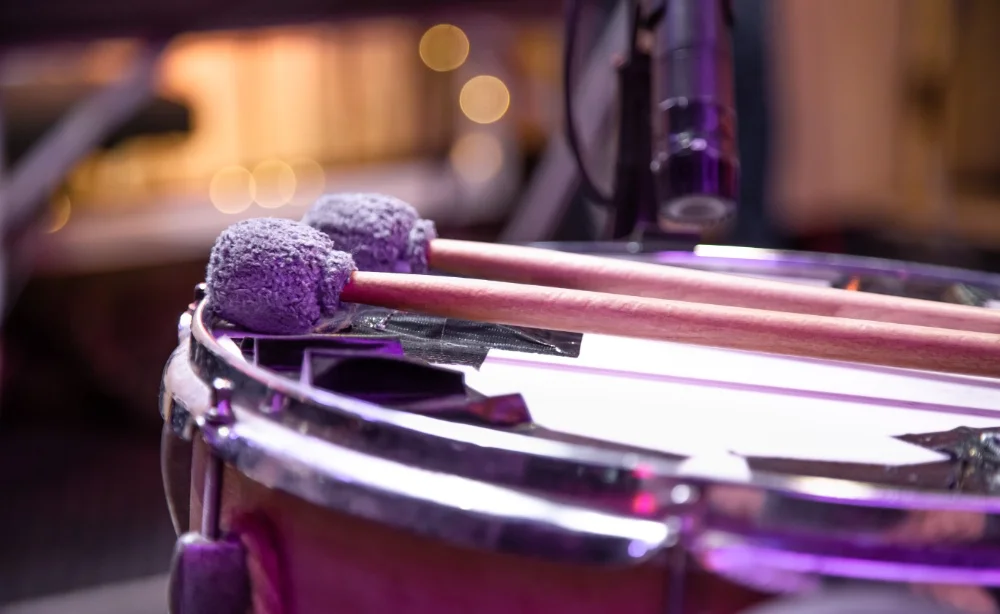


hey, was reading the part about EQ techniques for timpani, do you think these methods would work just as well for other percussion instruments? Always looking to expand the toolbox, Know what I mean? Thx, Vince
Totally get where you’re coming from Vince. I think some principles can apply broadly, especially about removing muddiness, but each drum has its own character, you know?
This article was incredibly insightful! I’ve been struggling to get my timpani recordings to sound right in the mix. The section on balancing timpani in an ensemble setting was a game changer for me. Thank you so much!
ever thought about putting a bass through timpani EQ? might sound wild, haha. gonna try it tonight. peace out
Interesting read. Always good to see how others approach EQing classical instruments. There’s no one-size-fits-all but the guidelines here are solid. Personally, I tweak a bit differently, but that’s the art of mixing, isn’t it?
Sam, could you share some of your personal tweaks? I’m always looking to learn new techniques.
Gotta say, the section on troubleshooting common EQ issues felt a bit basic. Like, anyone working with timpani should know this stuff already. Was hoping for some deeper insights, you know?
Brilliant article, Daniel! Your explanation on using high-pass and low-pass filters to deal with overtones was particularly enlightening. It’s clear a lot of thought went into this. Cheers!
Ah, EQ for timpani, because everyone’s got one of those lying around at home, right? But seriously, it’s a good read even for those of us who aren’t in an orchestra.
heard about EQing timpani and thought, why not EQ a drum machine the same way? maybe it will sound like Phil Collins in the air tonight, lol